While venturing out on a road trip, I usually experience a strong urge to activate parks along the way. On the other hand, I mostly travel with people who do not share my hobby (but generously tolerate it). Nevertheless, I do not want to abuse their kindness, and rarely squeeze in some “radio time” into the trip schedules.
To find a better compromise, I was looking for a method to deploy the Super Antenna that I use for the majority of my field operations even faster than in the classical scenario. Of course, setting it up ground-mounted with radials doesn’t take too much time (usually less than 10 minutes), but this approach is also more space-demanding (not very friendly if in the parking lot or on the side of the road).
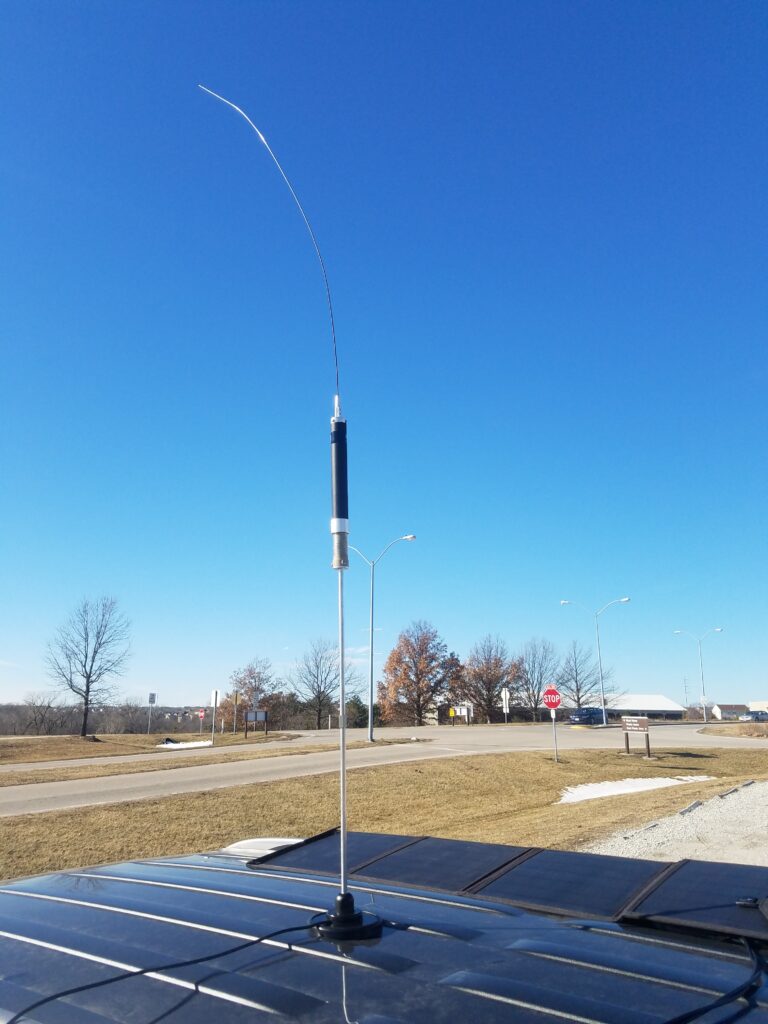
In the Parks on the Air community, I saw many operators using mag mounts for their verticals. Although I’m not a very big fan of it as a regular way of mounting the antenna (it is even more compromised than in the ground-mounted configuration with radials), I concluded that a quick activation using a mag mount is worth a compromise compared to no activation at all.
Catching today’s tail end of the warm weather that dominated in our region for the past few days, I decided to go to one of the nearest parks for a quick activation, and test a 5-inch mag mount from Tram that I recently purchased on Amazon. It has the 3/8″-24 thread that readily accepts the Super Antenna’s extension rods, making the mounting easy and seamless. The rubber boot on the magnet, although decoupling the antenna from the body of the vehicle, is still a nice accessory that helps protecting my car’s roof paint.
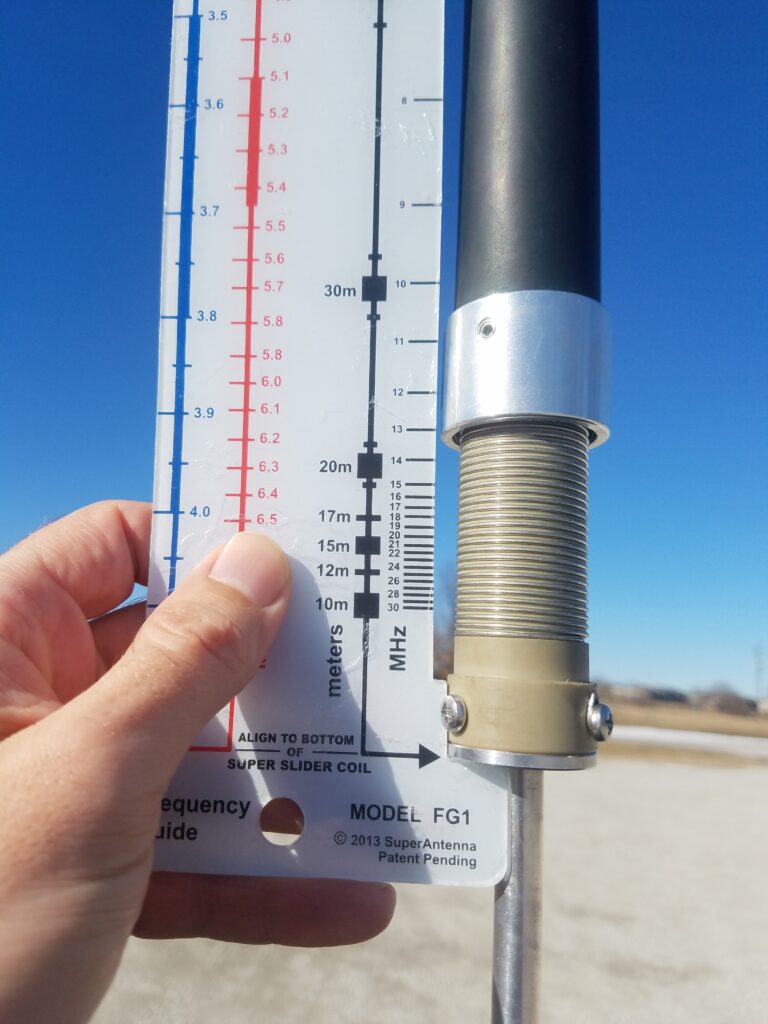
Setting up the antenna with no radials literally took 1-2 minutes – and the station was ready to get on the air. One question that I had in mind was – how hard would it be to tune it? I already had some experience with tuning this antenna in non-standard configurations. Plus, I noted that in my experiments with mounting it in elevated configuration, it was usually resonant at slightly lower frequencies than suggested by the ruler.
In fact, tuning the antenna using the internal SWR sweep function of my Icom 7100 turned out to be a very easy and quick process. I know that some people complain about how it is hard or even impossible to tune the Super Antenna – but I can’t support their opinion: in my experience, it is a very user-friendly and easy to tune antenna, if you have any way to measure the current SWR.
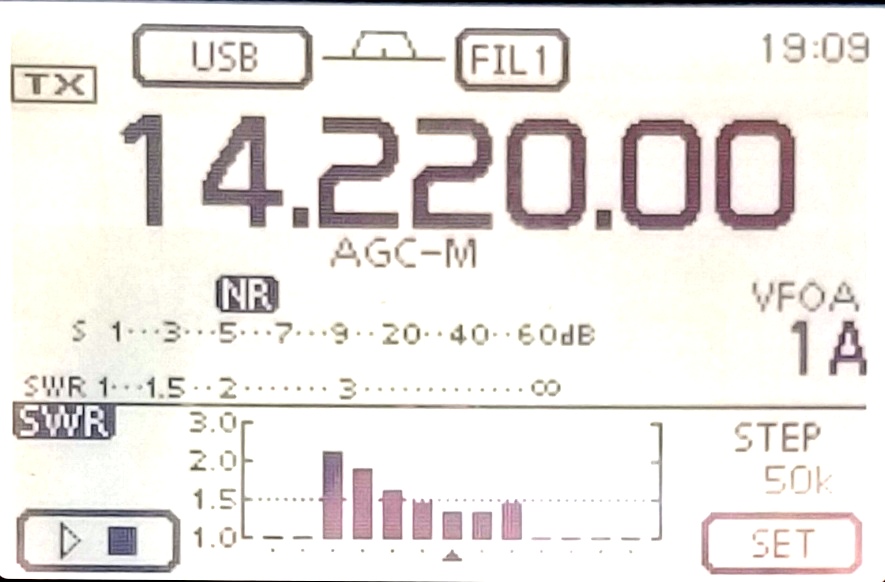
The 20 meter band was first on my list, and it tuned slightly below 13 MHz mark on the ruler, with minimum SWR at about 1.3:1, and SWR < 2:1 throughout most of the entire band. One thing that is definitely worth to note is that in the roof-mounted configuration with no radials, the bandwith of the antenna looks notably narrower than in my previous experiments. However, in this particular case I think that this is still a worthy compromise.
Below are the positions of the antenna’s loading coil with respect to the tuning ruler, as well as the SWR sweep, for 40 and 17 meters.
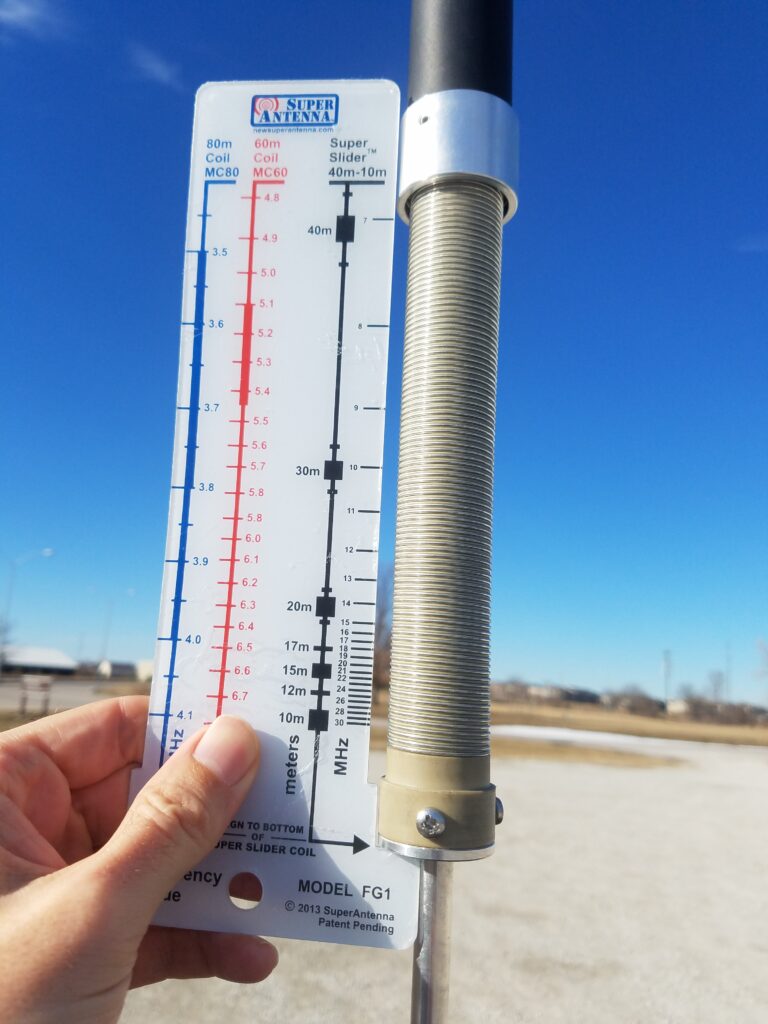
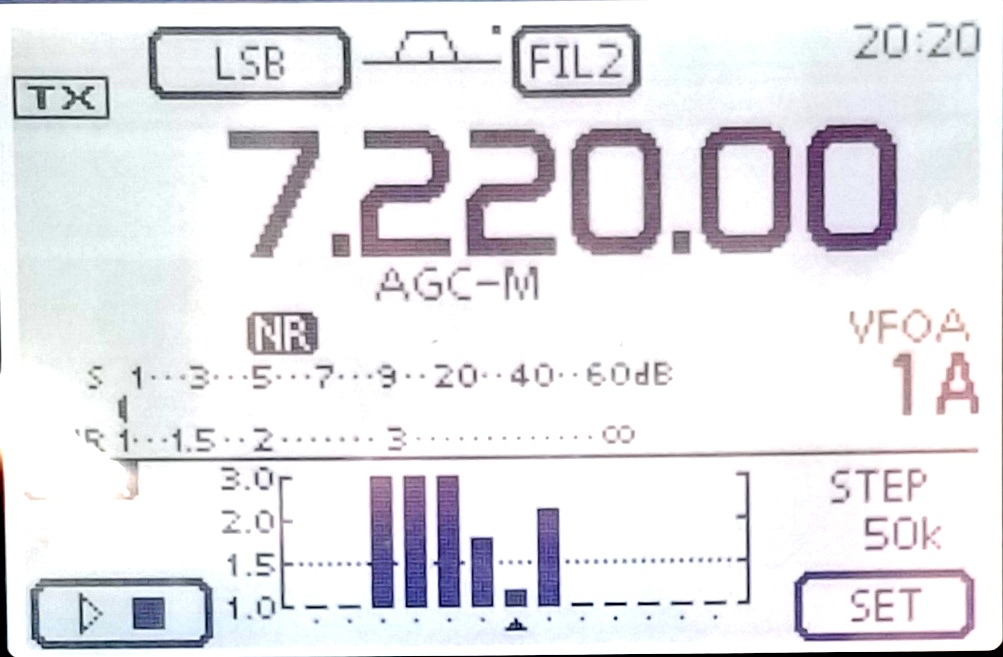
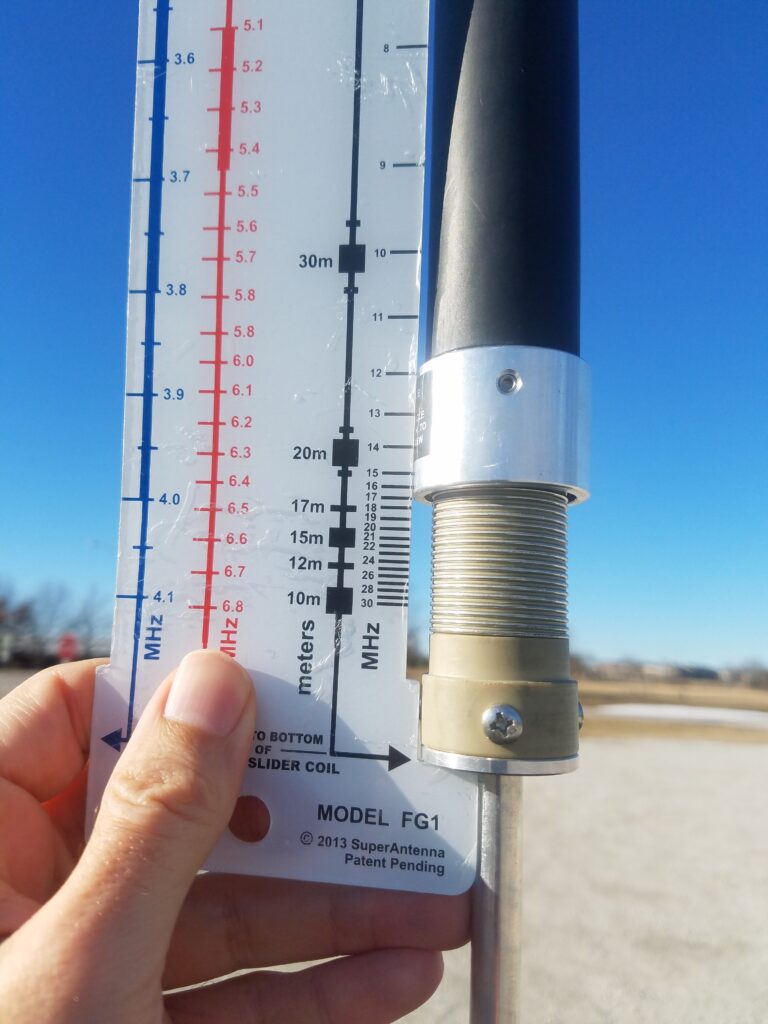
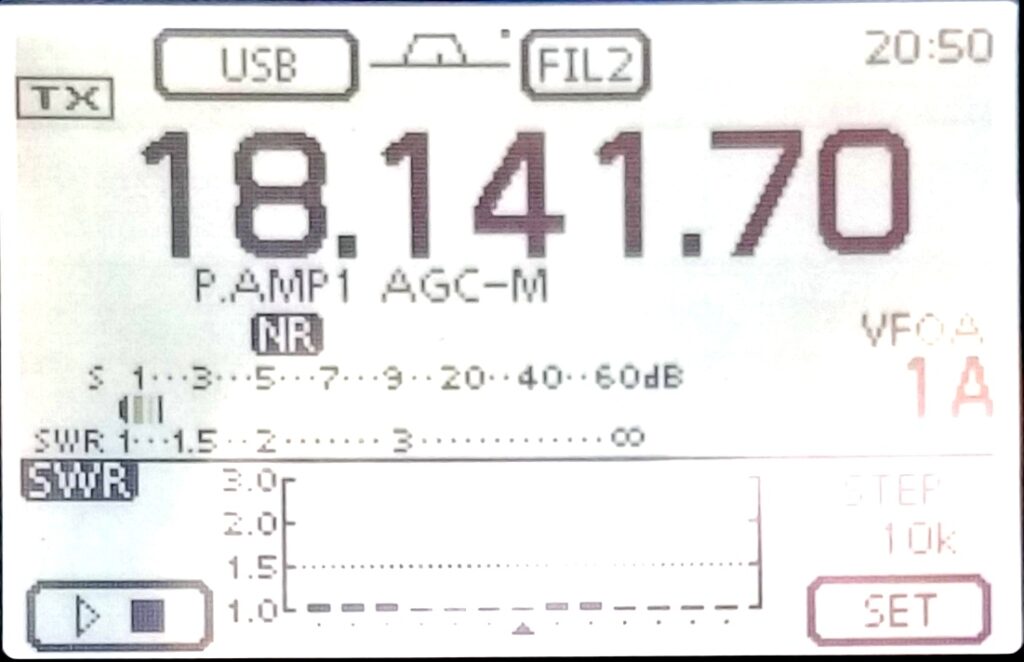
Overall, I had a very good experience with this setup today. Even though the band conditions were not very good lately, I was able to log 90 contacts in 90 minutes, 65 on 20 meters and 25 on 40. I did not call CQ on 17 meters, and heard almost no traffic on this band. I have to say that I was pleasantly surprised by the number of 5-9 reports that I received, giving me some hope that this may be a viable option for me to squeeze in some quick park activations into busy trip schedules in the future.
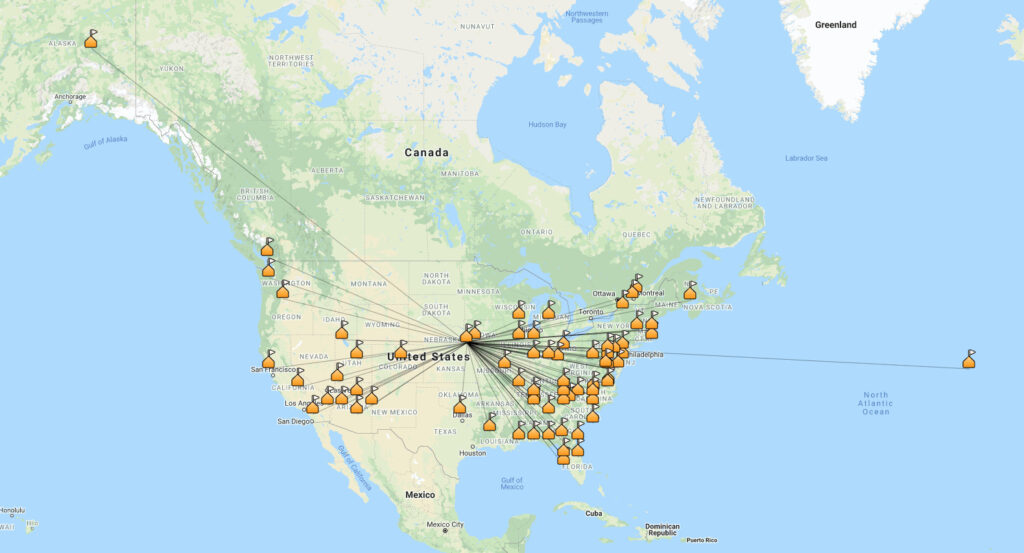
Propagation was favorable for my today’s activation. It was great to hear many familiar calls, both stateside and abroad. Among the highlights were contacts with NL7V in North Pole, AK (can’t get over it – such a great name this place has!), and with Manuel CU3BL from the Azores (I recently received a very nice QSL card from him for our previous contact).
Several nice contacts were made with QRP stations, and even one through ground wave propagation with Scott W9AFB just across Missouri River in IA. It was nice to hear Jason W3AAX, the POTA Administrator, on the air today. And of course I was very happy to help out a fellow activator KØCMH in MO who did not have cell coverage to spot himself. I know first hand how challenging the activation may be with no spot available, so I was happy to pause my activation and spot him, and I really appreciate all the hunters patiently standing by. Another proof that POTA operators are exemplary in their training, technique, and showing the very best practices!